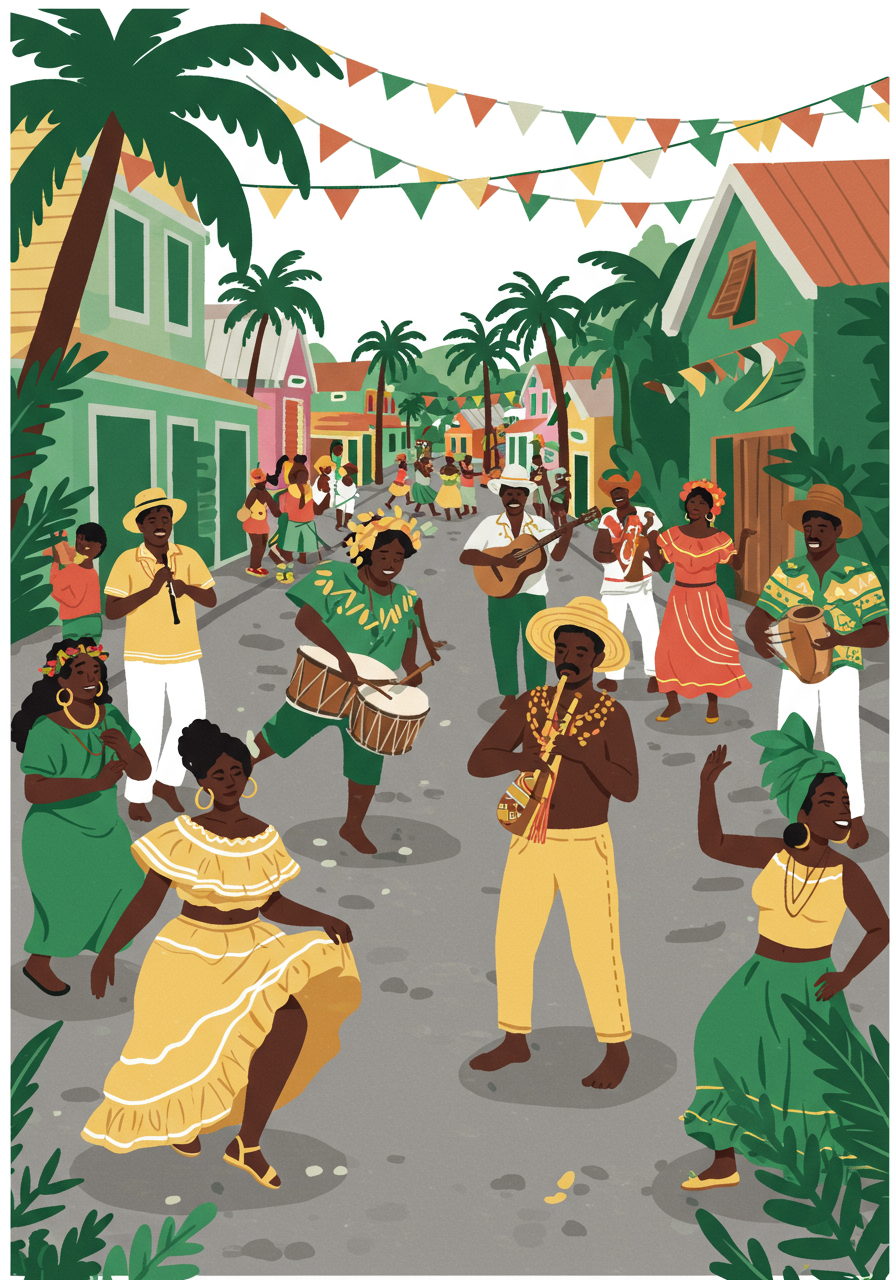📜 The Historical Significance of National Asian American and South Pacific Islander Heritage Month
May marks the celebration of National Asian American and South Pacific Islander Heritage Month, an important period in the diversity holidays and days of recognition calendar. This event honors the rich history and contributions of Asian Americans, Native Hawaiians, and Pacific Islanders in the United States. Initially established as a week-long event in 1978 following the efforts of activists like Jeanie Jew and Ruby Moy, it was later extended to a full month in 1990. This expansion allowed for a greater exploration and appreciation of the diverse cultures and histories that compose this vibrant part of America’s fabric.
🌈 Dimensions of Diversity Supported by This Event
National Asian American and South Pacific Islander Heritage Month supports several dimensions of diversity, emphasizing the rich tapestry of ethnicities, languages, and religious beliefs within these communities. It promotes understanding and awareness of the varied cultural landscapes and historical narratives that have been shaped by Asian Americans and Pacific Islanders. Through events and educational programs, it fosters an environment of inclusivity, recognizing the unique challenges faced by these communities, from immigration patterns to historical discrimination.
To dive deeper into the significance of National Asian American and South Pacific Islander Heritage Month and explore more about inclusive engagement in today’s diverse environments, join the Diversiology community. Check out our comprehensive diversity calendar and discover extensive articles, insights, and tools designed to enhance your understanding of Diversity, Equity, and Inclusion. Become a part of the premier community of learners and leaders committed to making a difference – one story, one conversation, one resource at a time.








